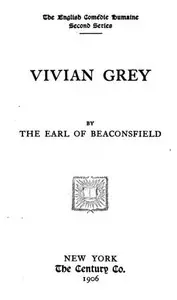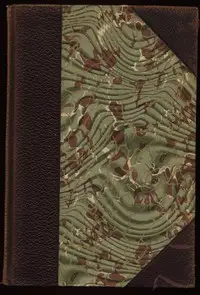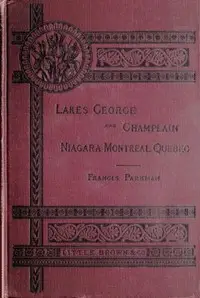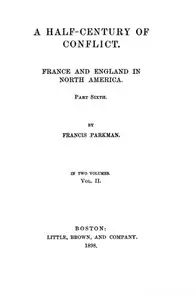"Vassall Morton: A Novel" by Francis Parkman is a story from the 1800s that looks at being young, wanting to succeed, and how tricky people can be, especially for the main character, Vassall Morton, while he's in college and dealing with friendships and family at a time when what people thought of you really mattered; the story starts with Vassall Morton, a Harvard student, meeting different people in the library where we start to see how his father's name affects him, suggesting what is expected of him, and though he is a good student, he wants to have fun too. We see hints about friendships, family, and love interests, setting up the story for character growth and disagreements to come.

Vassall Morton: A Novel
By Francis Parkman
Follow a Harvard student as he juggles family expectations, blossoming relationships, and the pressures of a society obsessed with appearances.
Summary
About the AuthorFrancis Parkman Jr. was an American historian, best known as author of The Oregon Trail: Sketches of Prairie and Rocky-Mountain Life and his monumental seven-volume France and England in North America. These works are still valued as historical sources and as literature. He was also a leading horticulturist, briefly a professor of horticulture at Harvard University and author of several books on the topic. Parkman wrote essays opposed to legal voting for women that continued to circulate long after his death. Parkman was a trustee of the Boston Athenæum from 1858 until his death in 1893.
Francis Parkman Jr. was an American historian, best known as author of The Oregon Trail: Sketches of Prairie and Rocky-Mountain Life and his monumental seven-volume France and England in North America. These works are still valued as historical sources and as literature. He was also a leading horticulturist, briefly a professor of horticulture at Harvard University and author of several books on the topic. Parkman wrote essays opposed to legal voting for women that continued to circulate long after his death. Parkman was a trustee of the Boston Athenæum from 1858 until his death in 1893.













